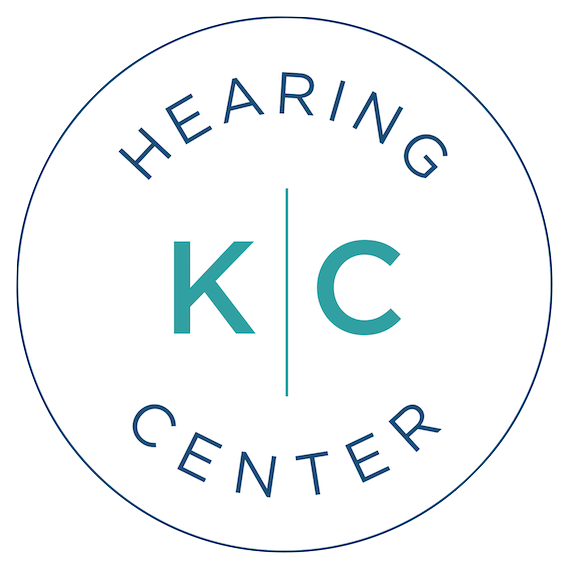What to Expect During a Hearing Test
Hearing tests are quick and painless procedures that can usually be completed in 30 minutes to an hour.

They are relatively straightforward, but it is beneficial to be knowledgeable in the steps and processes beforehand, as it will allow you to perform confidently, which facilitates a smoother process and more accurate results. The hearing test will typically take place in a soundproof booth or room. You will wear headphones through which we will play sounds and tones at different frequencies and volumes, and you will be asked to raise your hand or push a button whenever you hear a sound.
A comprehensive audiometric evaluation will also include speech audiometry, where you will listen to words or sentences at different volumes and repeat them back. Overall, a complete hearing evaluation typically consists of five different stages, though your specific circumstances will determine whether you will be subject to all of them. They consist of the following five components:
1.
Medical History Interview:
The medical history interview stage of a hearing test is an essential component of the evaluation process. During this stage, we will gather information about your medical history, including any illnesses, injuries, or medications that may impact your hearing. This information is crucial in identifying any potential underlying conditions or factors that may be contributing to the patient's hearing loss. We will also ask questions regarding your hearing symptoms, such as when they first noticed a change in their hearing, if they experience ringing in their ears, or if they have difficulty understanding speech in noisy environments. By gathering this information, we can develop a more comprehensive understanding of the patient's hearing health and eventually help create a tailored treatment plan that addresses their specific needs.
2.
Otoscopy
An otoscopy is a medical examination of the ear canal and eardrum using an otoscope, which is a handheld instrument with a light and a magnifying lens. This test is usually performed by an audiologist or an ENT (ear, nose, and throat) doctor. Otoscopy is a routine part of a hearing test and helps in the diagnosis of various physical anomalies associated with the outer and middle ear, such as infections, wax buildup, obstructions, and damage to the eardrum. During the examination, we carefully inspect the ear canal and eardrum for any signs of injury or abnormality, such as redness, swelling, perforation, and discharge.
3.
Tympanometry
A tympanometry is a type of hearing test that evaluates the condition of the middle ear. It is a non-invasive procedure that measures the movement of the eardrum in response to changes in air pressure. Tympanometry is commonly used to diagnose conditions such as otitis media, eustachian tube dysfunction, and tympanic membrane perforation. During the test, a small probe is inserted into the ear canal, and the air pressure within is modified while a pure-tone sound stimulus is administered, causing the eardrum to flex. The results of the test can indicate the presence of fluid or blockage in the middle ear or damage to the eardrum and are often used in conjunction with other tests to provide greater accuracy.
4.
Speech testing
Speech testing is a crucial part of any hearing test and involves evaluating a person's ability to hear and understand spoken words at different volumes and frequencies. This type of testing is typically done in a soundproof booth, where the audiologist will use headphones to present words and sentences at varying levels of loudness and clarity. The goal of speech testing is to determine the individual's threshold for understanding speech, which can then be used to diagnose any hearing impairments. It is a critical tool in identifying and treating hearing loss, as early detection can prevent further damage and improve an individual's quality of life.
5.
Air and Bone Conduction Testing:
Air and bone conduction testing are two common methods used to assess hearing impairment in individuals. A hearing test usually involves both air and bone conduction testing to determine the type and degree of hearing loss. During air conduction testing, sounds are played through headphones, and the patient is asked to respond when they hear the sound. Bone conduction testing, on the other hand, involves placing a bone conductor apparatus behind the ear to send sound vibrations directly to the inner ear. The combined results of both tests help determine if the patient's hearing loss is due to a problem in the outer or middle ear or if it is a result of damage to the inner ear or auditory nerve.
Understanding the Results of a Hearing Test
After the hearing test, various results will be plotted on an audiogram. The audiogram is a visual representation of your hearing ability at different frequencies and volumes and indicates the degree and type of hearing loss you have. The audiogram results along with assessing your listening needs,, will also help determine the best recommendations for treatment. Depending on the severity of your hearing impairment, you may be a candidate for hearing aids, cochlear implants, or other assistive devices. The results and treatment recommendations will be reviewed with you by the Audiologist following the evaluation.
Calling us is the first step! Contact us today to schedule an appointment for a hearing test.
Request an Appointment
